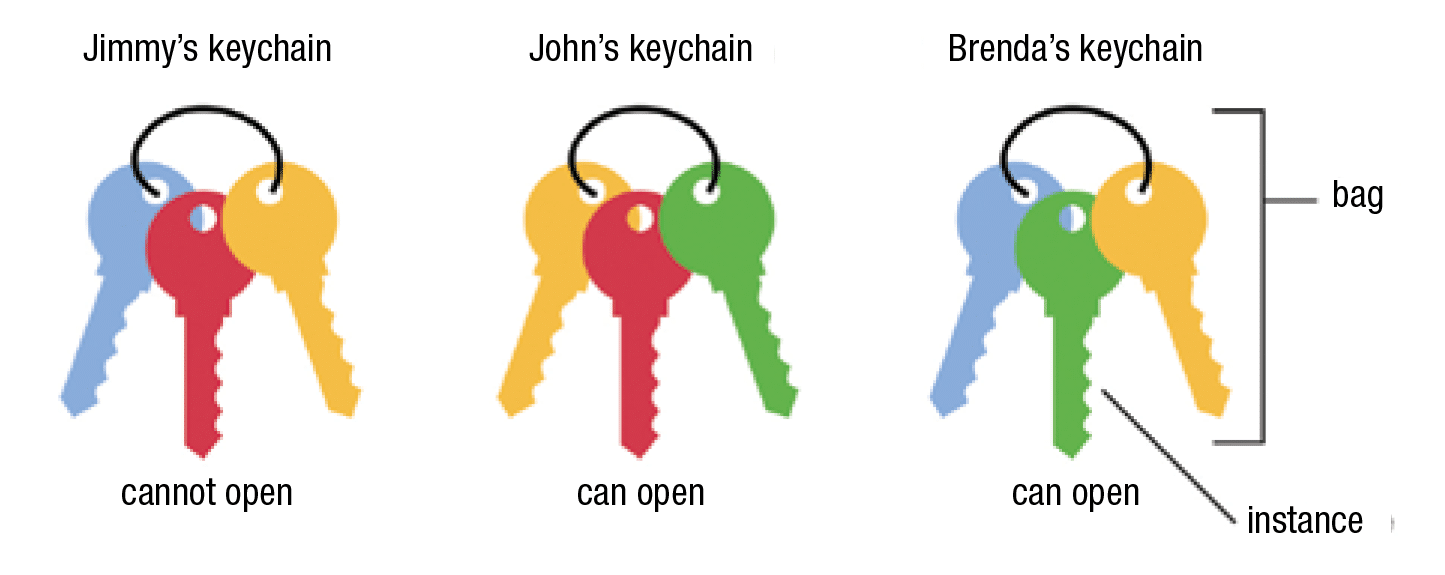November 2021—Much has changed since the last WHO classification of central nervous system tumors was published five years ago. Case in point: When the group of authors met in Utrecht, the Netherlands, in late 2019, everyone anticipated two more WHO meetings in Europe to work further on the 2021 classification. Arie Perry, MD, a coauthor on both classifications, says the group photo was cheery. “Everybody was smiling.” The later trips to Europe were canceled because of the pandemic and the group met instead by Zoom. “Now everybody looked grumpy,” he says of a screen shot. Fortunately, “We got everything done, even if it wasn’t quite as pleasant,” says Dr. Perry, professor of pathology and neurological surgery, Department of Pathology, Division of Neuropathology, University of California, San Francisco. The result is the latest WHO classification, which offers dramatic changes of its own. “I’m really excited about the new WHO,” he says. “At first it takes a little getting used to”—like, say, a face mask—“but I think it’s another major advance, just like we had last time.”
Read More »November 2021
New hope for lab data interoperability
November 2021—Interoperability, a problem of long standing in health care, has a new push and new prospects. Interoperability has become a front-burner issue because it has become increasingly urgent to bring the standardized communication of health care data up to speed.
Read More »Compass Group members on test pre-approvals, staff search and strategies
November 2021—Flexible scheduling to suit family life and new “lab associate” roles—two solutions in progress or in place in labs wrestling with the staffing shortage. That and precision medicine test pre-approvals and utilization were some of what Compass Group members talked about on Oct. 5 in a virtual roundtable led by CAP TODAY publisher Bob McGonnagle.
Read More »Latest checklist takes quality management to next level
November 2021—In the latest edition of the laboratory general checklist, released in September, the requirements of the CAP Accreditation Programs have been edited to be more aligned with CAP 15189 (ISO 15189) accreditation requirements.
Read More »Lab analysis in diabetes — a preview of what’s to come
November 2021—The guidelines for laboratory analysis in the diagnosis and management of diabetes mellitus are being revised and will be released next year. In a virtual session at the AACC meeting in September, laboratorians got a look at some of the recommendations to come.
Read More »For genomic testing, a homegrown software solution
November 2021—At NorthShore University HealthSystem in suburban Chicago, a homegrown bioinformatics solution is the “secret sauce” that powers the health system’s personalized medicine program, says Kamalakar Gulukota, PhD, MBA, director of NorthShore’s Center for Bioinformatics and Computational Biology.
Read More »AMP case report: A patient with an unexpected cancer predisposition syndrome—somatic tumor mutation testing and germline mutation testing complement each other
November 2021—Molecular analysis of advanced stage tumors has become the gold standard for identifying potential targetable mutations with high sensitivity, even in limited size tissue samples. However, when only tumor tissue is sequenced, it is difficult to differentiate between somatic mutations in the tumor cells versus constitutional (germline) mutations.
Read More »Security in the cloud leads off in LIS exchange
November 2021—Cybersecurity and the cloud, COVID care gaps, and lab consolidation were among the topics CAP TODAY publisher Bob McGonnagle talked to LIS vendors and Toby Cornish, MD, PhD, about in a Sept. 20 virtual roundtable. A return to on-site trade shows, too, came up: “I do miss walking the vendor floor. I feel like I’m out of touch with what the developments are,” said Dr. Cornish of the University of Colorado Anschutz Medical Campus.
Read More »From the President’s Desk: Keeping the truth
November 2021—In the past two years we have seen the lethal effect of a lack of trust in science. As physicians, pathologists, and fellows of the College of American Pathologists, our duty now as always is to prevent harm, the threat of which comes from mistrust and misinformation. It has always been our role to be revealers of truth, keepers of truth, and producers of clear, reliable information. Our profession and the entire CAP are based on the idea that there is a single truth that can be found through a laboratory value—a truth about a patient’s pathophysiology at a moment in time. This belief that there exist objective truths in medicine is fundamental. In fact, if the laboratory were not a reliable source of truthful information, then pathologists would have a much diminished role, if any at all, to play in clinical medicine. With the truth, pathologists are incredibly important. Without it, much less so. The founders of the CAP understood that.
Read More »Clinical pathology selected abstracts
November 2021—Detecting SARS-CoV-2 in deceased patients is important when considering safety measures for preventing infection during postmortem examinations. Rapid antigen tests are approved for testing and are widely used to mitigate the spread of the virus.
Read More »Anatomic pathology selected abstracts
November 2021—Metastasis to the thyroid gland is a rare occurrence that may pose a diagnostic challenge. The authors reported on the clinicopathological features, immunoprofile, molecular alterations, and outcomes of 30 patients with thyroid metastases who were treated at Memorial Sloan Kettering Cancer Center from 2003 to 2019.
Read More »Molecular pathology selected abstracts
November 2021—The standard-of-care treatment for muscle-invasive bladder cancer is neoadjuvant chemotherapy followed by radical cystectomy. Approximately 35 percent of patients who receive neoadjuvant treatment will achieve pathologic complete response (pCR).
Read More »Pathology informatics selected abstracts
November 2021—When the COVID-19 pandemic struck, many pathology training programs scrambled to formulate a plan to teach their pathology residents in a physically distanced learning environment. Using double- or multi-headed optical light microscopes, even with plexiglass barriers, is not ideal because they do not permit physical distancing. Many training programs leveraged digital imaging technology to continue teaching microscopy during the pandemic. Pathology departments that could not afford whole slide imaging for this purpose sometimes employed the less expensive option of dynamic virtual microscopy (DVM). A DVM platform includes a digital camera mounted to a light microscope and videoconferencing software so an educator can stream a slide image to one or more remote learners.
Read More »Newsbytes
November 2021—The following is an edited excerpt of the article “Attention-based deep multiple instance learning,” written by Jonathan Glaser, a recent graduate of the computer science and biotechnology master of science degree programs at New York University Tandon School of Engineering, in Brooklyn. The excerpt delves into how aspects of artificial intelligence can transform health care, and pathology in particular. To read the full article, go to https://tinyurl.com/AI-based-learning.
Read More »Q&A column
November 2021 Q. I am a nurse in a cardiac cath lab that performs point-of-care testing, including for activated clotting time. At my hospital, the POC testing coordinator only allows other cath lab staff, usually nurses, to use POC testing equipment if they have a copy of their diploma. Can staff who have proof of licensure (such as from the American Registry of Radiologic Technologists) but do not have a copy of their diploma be authorized to use POC testing equipment? Read answer. Q. I recently joined a hospital laboratory that verifies reagents lot to lot with patient samples using a percentage difference of 10 for all parameters. The hospital lab where I previously worked used a CLIA allowable-error percentage. Is 10 percent allowable error acceptable for reagent lot-to-lot verification for all parameters? Read answer.
Read More »Put It on the Board
November 2021—Roche has entered into separate agreements with PathAI and Ibex Medical Analytics in which the companies will jointly develop embedded image analysis workflows for pathologists.
Read More » CAP TODAY Pathology/Laboratory Medicine/Laboratory Management
CAP TODAY Pathology/Laboratory Medicine/Laboratory Management






